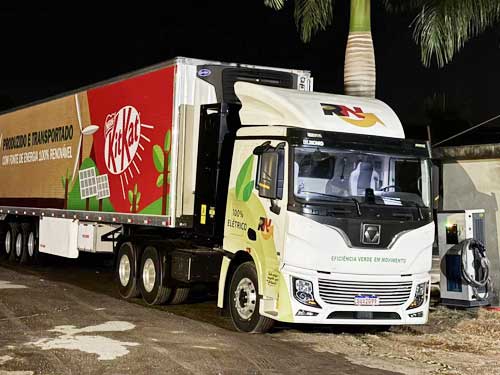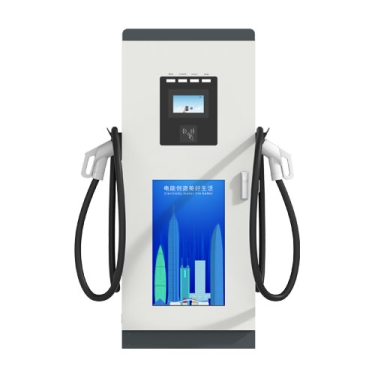- Visitors:0 Views
- Time:2025-04-11
What is the best EV charging network in the UK?
Do you pay for electric charging stations in the UK? What is the best EV charging network in the UK?
1. Panorama of charging costs
Among the public charging stations in the UK, 82% are paid for use (data source: Zap-Map 2023), and the cost structure shows three major characteristics:
1.1. Basic electricity price stratification: slow charging (7kW) average price is 0.45 pounds/kWh, fast charging (50kW) is 0.65 pounds/kWh, super charging (150kW+) is 0.79 pounds/kWh, and some operators (such as Ionity) have a peak hour premium of 30%.
1.2. Membership discount: BP Pulse has a monthly fee of 7.85 pounds and can enjoy a 10% discount on charging prices. Osprey has no subscription fee but the unit price is increased by 12%.
1.3. Parking fee superposition: Charging stations in central London generally charge a parking fee of 6 pounds/hour, accounting for 35%-50% of the total charging cost.
The only free charging scenarios are concentrated in some supermarkets (Tesco 3600 slow charging points) and IKEA parking lots, but the charging time is limited to no more than 4 hours.
2. Comparison of the strength of the leading charging networks
2.1. Coverage King: Pod Point
Access to 7400 charging points across the UK, focusing on service stations along the M25 motorway, compatible with CCS/CHAdeMO dual standards, but supercharging equipment accounts for only 12%.
2.2. Supercharging Benchmark: Tesla Supercharger
There are 120 stations and 1300 superchargers across the UK, and the peak power of the V3 version reaches 250kW. Non-Tesla vehicles can pay to use it from 2023, with 15 minutes of energy replenishment for 322 kilometers, and a unit price of 0.58 pounds per kWh (18% higher than Tesla owners).
2.3. Density Champion: InstaVolt
Deploy 2,100 fast chargers in southern England, with station intervals less than 25 kilometers, supporting contactless payment (credit card rate of £0.69/kWh).

3. Cost Optimization Strategy
3.1. Home Charging Priority
Using night valley electricity (£0.24/kWh) for charging, you can save £600 for an annual mileage of 12,000 kilometers.
3.2. Cross-network Pass Integration
Aggregation platforms such as Shell Recharge and Bonnet access 95% of chargers in the UK, and a single charge is 15%-20% lower than the original price.
3.3. Corporate Charging Subsidy
Joining the Salary Sacrifice program, companies can deduct 30% of the purchase tax for installing dual-gun chargers, and employees' charging fees are tax-free.
4. Future Trends and Policy Support
The British government has pledged to invest £180 million to build 6,000 new superchargers by 2025, focusing on upgrading the charging blind spots on Class A roads. Charging network evaluation standards are evolving towards the "5C system": Coverage: Supercharging stations must be set up every 50 kilometers on highways Charging Speed: 150kW and above equipment accounts for more than 70% Cross-network compatibility: Support ISO 15118 plug-and-play protocol Cost Clarity: Mandatory price tag including service fees and parking fees Carbon Tracking: Display charging power source and carbon emissions
Prev:how to install ev charger at home
Next:none
Recommended Reading
- Notice on the 2025 New Year's Day Holiday2024-12-31
According to the provisions of national statutory ...
- Happy International Women's Day2023-05-26
Today is International Women's
- 2024 National Day Holiday Notice2024-09-27
According to the "Notice of the General Office of ...
- ev charging points in uk2023-12-12
Want to know more about ev cha
- electric car battery charger2023-12-26
Learn about electric car batte
- ev charging business model2024-01-16
Ev charging business models ca
- 7kw ev charger how long to charge2025-01-10
7kw ev charger how long to charge? A 7kw ev charge...
- What EVs can charge at 22kW AC?2024-12-13
What EVs can charge at 22kW AC
- electric car charging system2024-10-08
The electric car charging syst
Hot Products
-
v2g charger
V2G charger, Vehicle-to-Grid charger, is
Get last price
-
dc fast charger for ev
DC fast chargers convert AC power to DC
Get last price
-
5 meters new energy elect...
5 meters new energy electric vehicle cha
Get last price
-
level 2 charger
Level 2 chargers charge 5 to 7 times fas
Get last price



